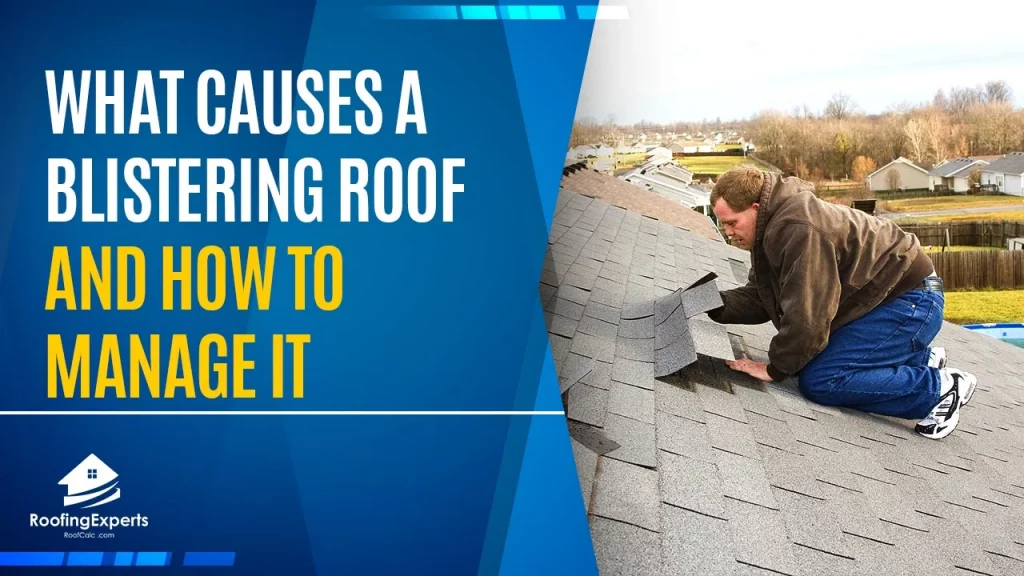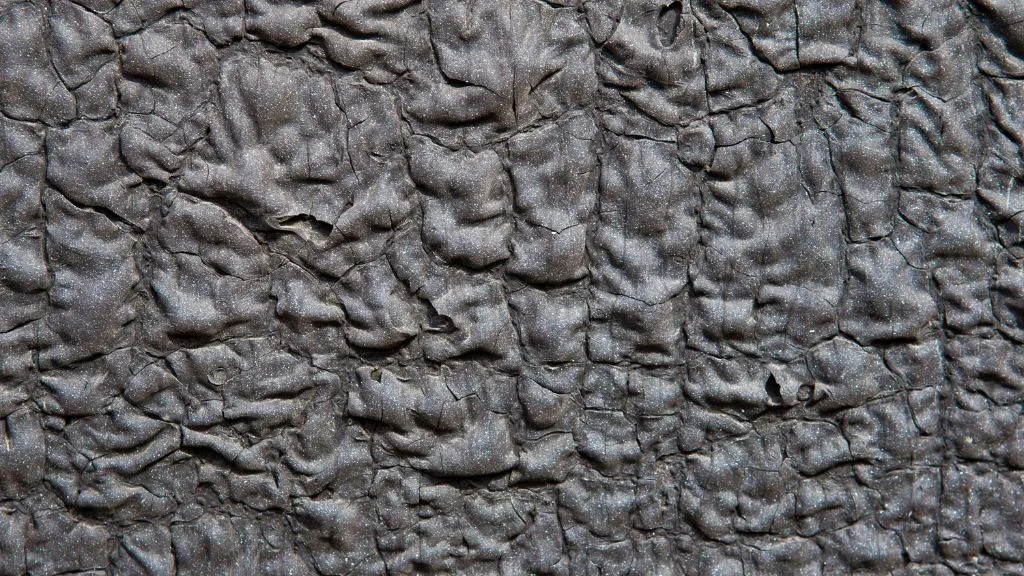
What is a blistering roof? A blistering roof is the result of water damage to the asphalt shingle. The heat from the sun will cause an expansion and contraction that stretches and tears away at your asphalt shingles.
- What is a Blistering Roof?
- What Causes A Blister Roof?
- How To Manage A Blistering Roof?
- What is Blister Roof Repair?
- What is the Best Type of Asphalt Shingle?
- How Much Does Blister Roof Repair Cost?
- What is the Cost of Replacing an Asphalt Shingle Roof?
- What is the Average Cost of Roof Replacement for Blistered Roofs?
- Final Thoughts
If not repaired, it can lead to serious problems such as mold growth and even structural issues. This blog post discusses how you can avoid this issue by repairing any damages quickly before they become worse!
What is a Blistering Roof?
Blistering is a common problem that occurs when water penetrates the asphalt shingle and causes damage to it. This can be caused by any number of things such as poor drainage, improper flashing installation, or even missing underlayment.
Blistering can be a result of the asphalt being too thin, which makes it easier for the sun to damage.
In addition, when there is poor ventilation around your roofing system you can run into issues with blistering because this will trap moisture in between each shingle and cause them to expand from sunlight exposure.
The best way that you can prevent these types of issues is by installing a high-quality asphalt shingle that will last you for many years.
Additionally, if your current roofing system has not been installed properly it can be damaged very easily so make sure to have an expert come out and take a look at the problem before too much damage occurs!
What Causes A Blister Roof?
If your roof is exposed to the sun, it can cause damage and blistering. This is because of the expansion and contraction that occurs as a result of different temperatures which will stretch and pull at any weak points on your asphalt shingle.
Blister roofs commonly occur when:
- There isn’t enough ventilation around your roofing system
- Your asphalt shingle is too thin
- There are any missing or improper flashings
How To Manage A Blistering Roof?
There are a number of steps that you can take to repair your roof if blistering has occurred. These include:
- Fix the problem in its entirety including all damage and cracks on the asphalt shingle
- Add an extra layer of protection by adding underlayment to your roofing system
- Install a high quality asphalt shingle, check out our post here for more information about the best types!
If you are having issues with blistering on your current roofing system it is important that you get these fixed as soon as possible before they become worse.
If you are experiencing these types of issues it is best to have a professional come out and take a look at the problem because extensive damage can occur if not repaired properly!
If your roofing system needs work or replacement, call one of our experts today for more information on how we can help!
What is Blister Roof Repair?
There are two main ways your roof will blister: with water damage or due to low-quality materials.
If the roof has experienced water damage, this is more of an issue with your shingles being too thin and not strong enough for weather conditions such as heat from the sun which will cause them to expand and contract over time.
If you have a roof that’s blistering because it’s made of low-quality materials, there are two main ways you can fix this issue.
The easiest way is to have an expert come out and replace your shingles with a high quality material that will hold up against the weather better!
Another option if replacing isn’t in your budget would be to install underlayment on top of your existing roof which will provide your shingles with extra weather protection.
What is the Best Type of Asphalt Shingle?
There are many different types of asphalt shingle, all which will hold up for various amounts of time depending on their quality and thickness.
The best type that you can install to prevent blistering would be an underlayment roof which is a slightly more expensive option but will give your roof the most protection!
Another type of shingle that you can use to prevent blistering would be an architectural asphalt shingle, which are thicker and provide better weather resistance.
These types of shingles come in various colors and styles so make sure to check out our post here for more information about the top options available!
How Much Does Blister Roof Repair Cost?
Blistering can occur on any type of roof but it is most common with asphalt shingle roofs. It’s important to have this issue taken care of as soon as possible because if left untreated, blistering will only get worse and cause extensive damage to your roof.
The cost of blister repair will depend on the size and severity of the problem, whether or not you have underlayment installed as well as your roofing system type – for example having an architectural asphalt shingle rather than a laminate one which is thicker and more weather resistant!
What is the Cost of Replacing an Asphalt Shingle Roof?
The cost of replacing your asphalt shingle roof will depend on many factors including how large or small your home’s roofing system is as well as what type you have installed.
The best option to prevent blistering would be to install underlayment roofing which is slightly more expensive than your traditional asphalt shingle but will provide longer lasting protection against the weather.
The cost of replacing an entire asphalt shingle roof can range from $1500 to $5000 depending on how large or small your home’s roofing system is and what type you have installed, with architectural asphalt shingles costing more than a laminate one due to their thicker and better weather resistant material.
What is the Average Cost of Roof Replacement for Blistered Roofs?
Replacing your roof can be very expensive depending on what type of shingle you have installed, how large or small your home’s roofing system is as well as whether or not it requires underlayment to be installed.
Asphalt shingle roofs are very popular and the best option when looking for a roof that will prevent blistering, but depending on what type of asphalt shingle you have it can cost anywhere from $1500 – $5000!
Final Thoughts
Low-quality asphalt shingle roof systems cause blisters more often because they tend to expand and contract very easily with temperature fluctuations, whereas a high-quality underlayment roof system is better suited for weather conditions such as blistering.
Installing an underlayment or architectural asphalt shingle roof also provides more weather resistance than a laminate one so this is the best option to prevent blistering on your home’s roof.

